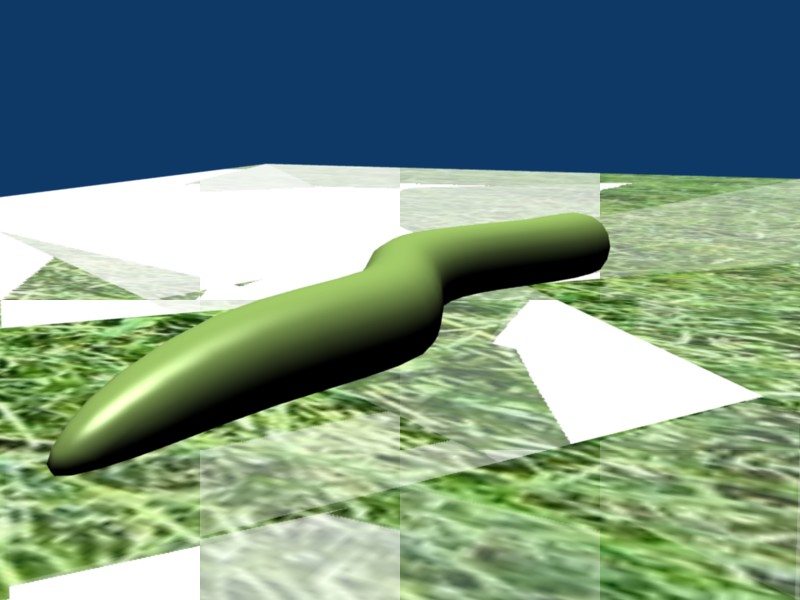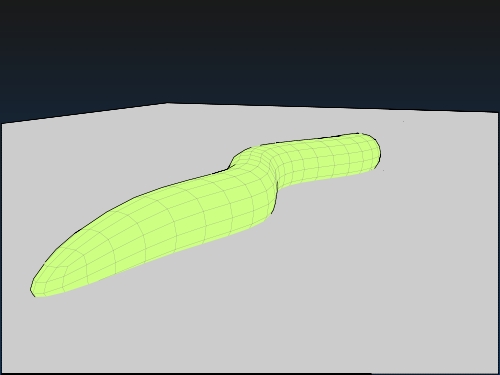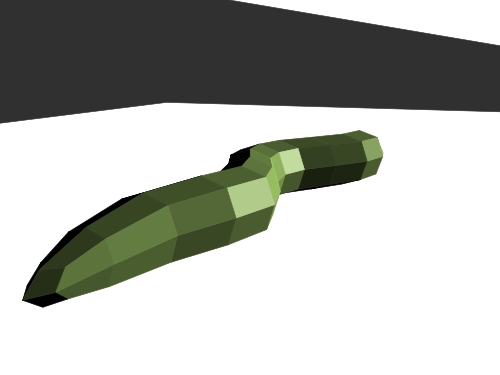For the past month or two I’ve been getting my head around Blender to do some 3D modelling. It’s a tough program to learn, but with the aid of some very useful tutorials and strong community support I feel I’m getting somewhere!
As well as using Inkscape to make vectors I want to explore the possibilities of using Blender to render 3D models as vectors. There’s so many benefits of this approach as long as it works. To do this I’ve tried out to vector rendering scripts written in the python programming language, VRM and Pantograph. VRM was easy to install – just dropped the file in the scripts folder – but Pantograph was a bit more problematic. If you’re going to install it make sure you have the right Python libraries installed! Here’s the original Blender output:

I’m getting some reflection off of my surface, but I’ll work on that another time.
Here’s the results of rendering a simple 3D snake model in Pantograph:

The Pantograph render produced the smoothest results by far. When taking it into Inkscape the final drawing is separated into several groups. For the snake you had a group for the outline, the silhouette and the wireframe. Depending on the complexity of your model you may want to delete the mesh. The only problem I’ve encountered is separating objects. Pantograph likes to merge to objects together, thus limiting editing capability. Still, you could always do most of the editing in Blender itself

This render using VRM reminds me a lot of the old Playstation/Sega Saturn graphics. You could subdivide all of the faces to get it smoother (set smooth has no effect on it), but it’d take forever to render and you’d end up with an unnecessarily large vector (.svg) file. Still, using VRM is useful for relatively simple objects. You could even combine the two renders!